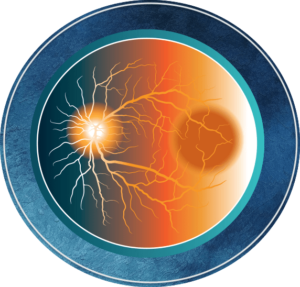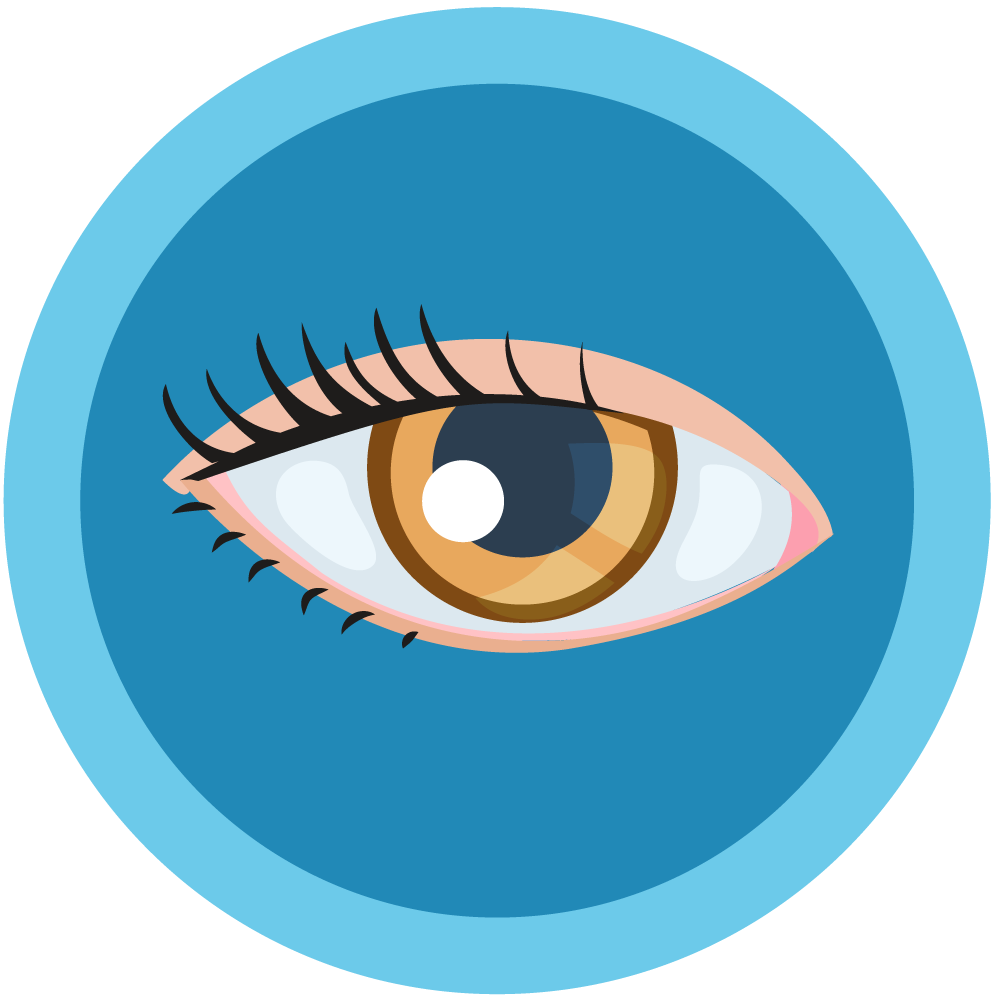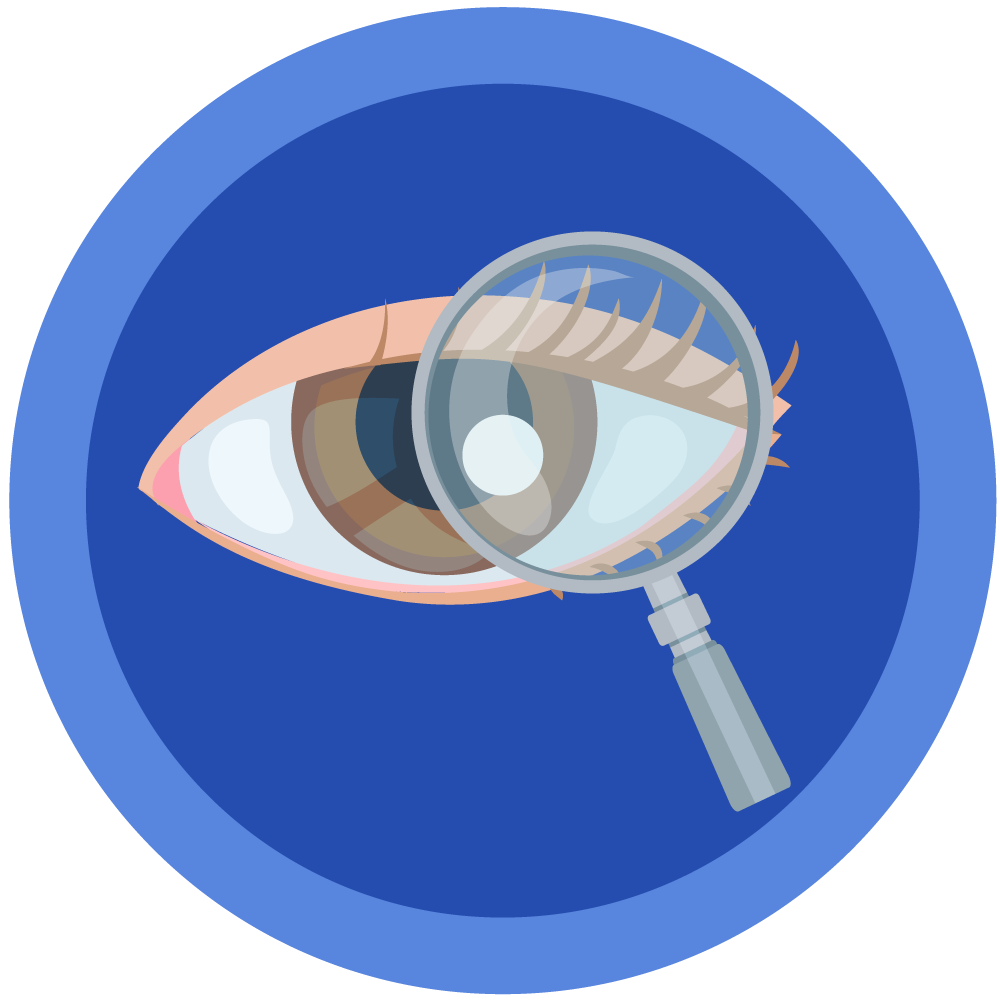Clinician Scientific & Educational Resources
-
A recent study, conducted at CDC, found that the prevalence of diabetic retinopathy was high, affecting almost one-third of adults over age 40 years with diabetes, and more than one-third of African-Americans and Mexican Americans.
-
According to a CDC study, 4.2 million adults had DR and 655,000 had vision-threatening DR.
-
Male sex, higher A1c level, longer duration of diabetes, insulin use, and higher systolic blood pressure were independently associated with the presence of DR.

 Go 6th slide
Go 6th slide
-
A recent study, conducted at CDC, found that the prevalence of diabetic retinopathy was high, affecting almost one-third of adults over age 40 years with diabetes, and more than one-third of African-Americans and Mexican Americans.
-
According to a CDC study, 4.2 million adults had DR and 655,000 had vision-threatening DR.
-
Male sex, higher A1c level, longer duration of diabetes, insulin use, and higher systolic blood pressure were independently associated with the presence of DR.

 Go 6th slide
Go 6th slide
An Introduction to Diabetic Retinopathy
Diabetes is the leading cause of new cases of blindness in adults. This is a growing problem as the number of people living with diabetes increases, so does the number of people with impaired vision.1
Diabetes can cause a disease of the eye called diabetic retinopathy (DR). In its early stages, patients may not notice any symptoms or changes to their eyesight, and cannot tell that this condition is damaging their eyes. If it is not detected and treated in a timely manner, their vision can be damaged permanently.1 The risk of Diabetic Retinopathy increases the longer a person has diabetes. Between 40% to 45% of Americans diagnosed with diabetes have some stage of DR, although only about half are aware of it.2
A study conducted at the Centers for Disease Control and Prevention (CDC) found that the prevalence of DR was high, affecting almost one-third of adults over age 40 years with diabetes, and more than one-third of African-Americans and Mexican Americans.1 In the U.S., diabetic retinopathy affects approximately 86% of patients with type 1 diabetes mellitus (T1DM) and 40% of patients with type 2 diabetes mellitus (T2DM).3-5 The number of Americans aged 40 years and older with DR will triple from 5.5 million in 2005 to 16.0 million in 2050 with increases among those aged 65 years and older being more pronounced (2.5 million to 9.9 million for DR).3 According to the CDC, nearly 22% of the over 4 million Americans with diabetic retinopathy are at risk for vision-threatening complications.4
Diabetic Retinopathy in the United States1
- According to a CDC study, 4.2 million adults had DR and 655,000 had vision-threatening DR
- More severe, vision-threatening forms of the disease was more than twice as common in Mexican Americans, and almost three times as common in African-Americans, than in the white population
- Male sex, higher hemoglobin A1c (HbA1c) level, longer duration of diabetes, insulin use, and higher systolic blood pressure were independently associated with the presence and risks of Diabetic Retinopathy
The CDC notes that investigating the prevalence of DR is important because it is a key indicator of systemic diabetic microvascular complications, and as such, a sentinel indicator of the impact of diabetes and that improved access to screening for and treatment of DR may reduce the burden of diabetes-related vision loss.1
Want to learn more about the treatment and risks of Diabetic Retinopathy as a provider? Check out our other DR Clinician Educational Resources.
References
- Diabetic retinopathy factsheet. https://www.cdc.gov/visionhealth/pdf/factsheet.pdf. Accessed November 27, 2019.
- National Eye Institute (NEI). Diabetic retinopathy. https://www.nei.nih.gov/learn-about-eye-health/eye-conditions-and-diseases/diabetic-retinopathy. Accessed December 3, 2019.
- CDC Vision Health Initiative. Diabetic retinopathy. https://www.cdc.gov/visionhealth/publications/diabetic_retinopathy.htm. Accessed November 27, 2019.
- Opere CA, O’Brien KK, Shea JL. Understanding diabetic retinopathy. US Pharm. 2011;36:46-52.
- Cheung N, Mitchell P, Wong T. Diabetic retinopathy. Lancet. 2010;376:124-136.



























